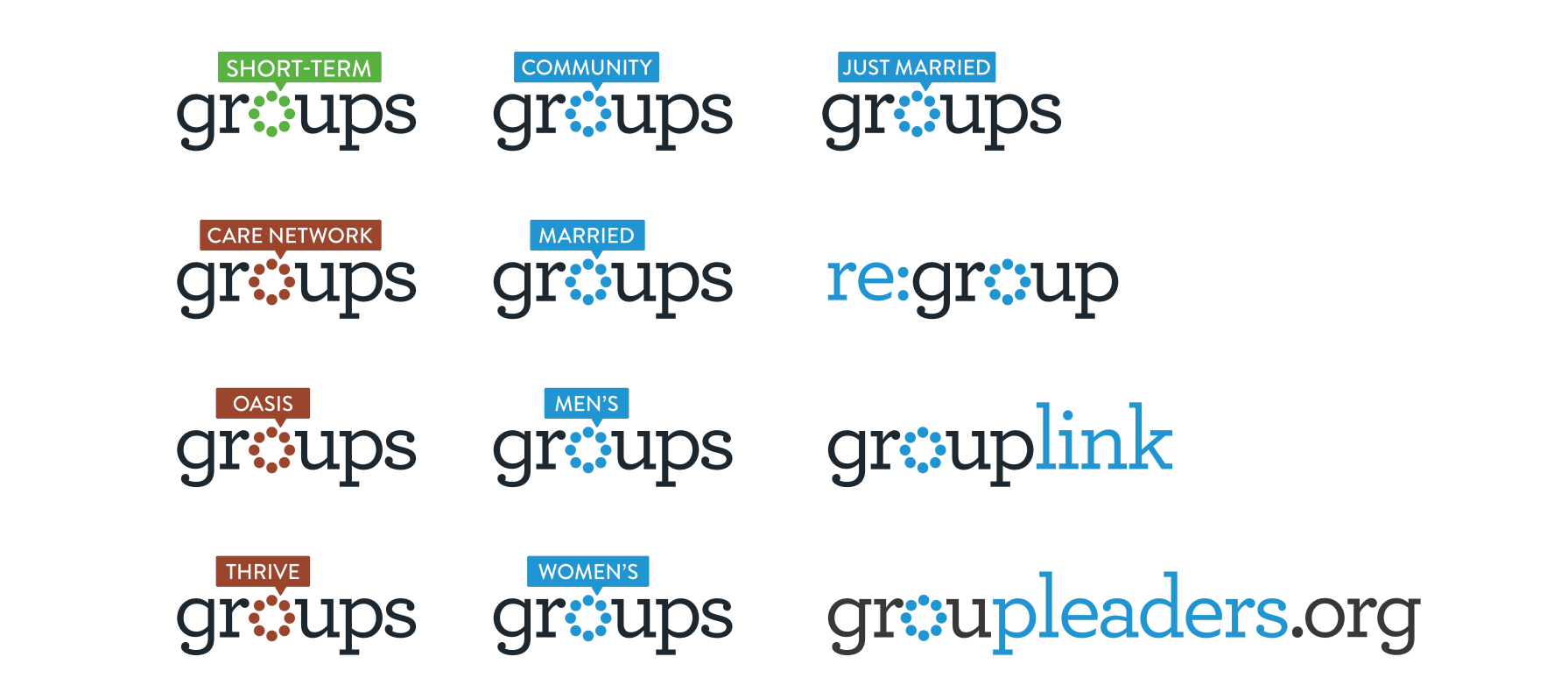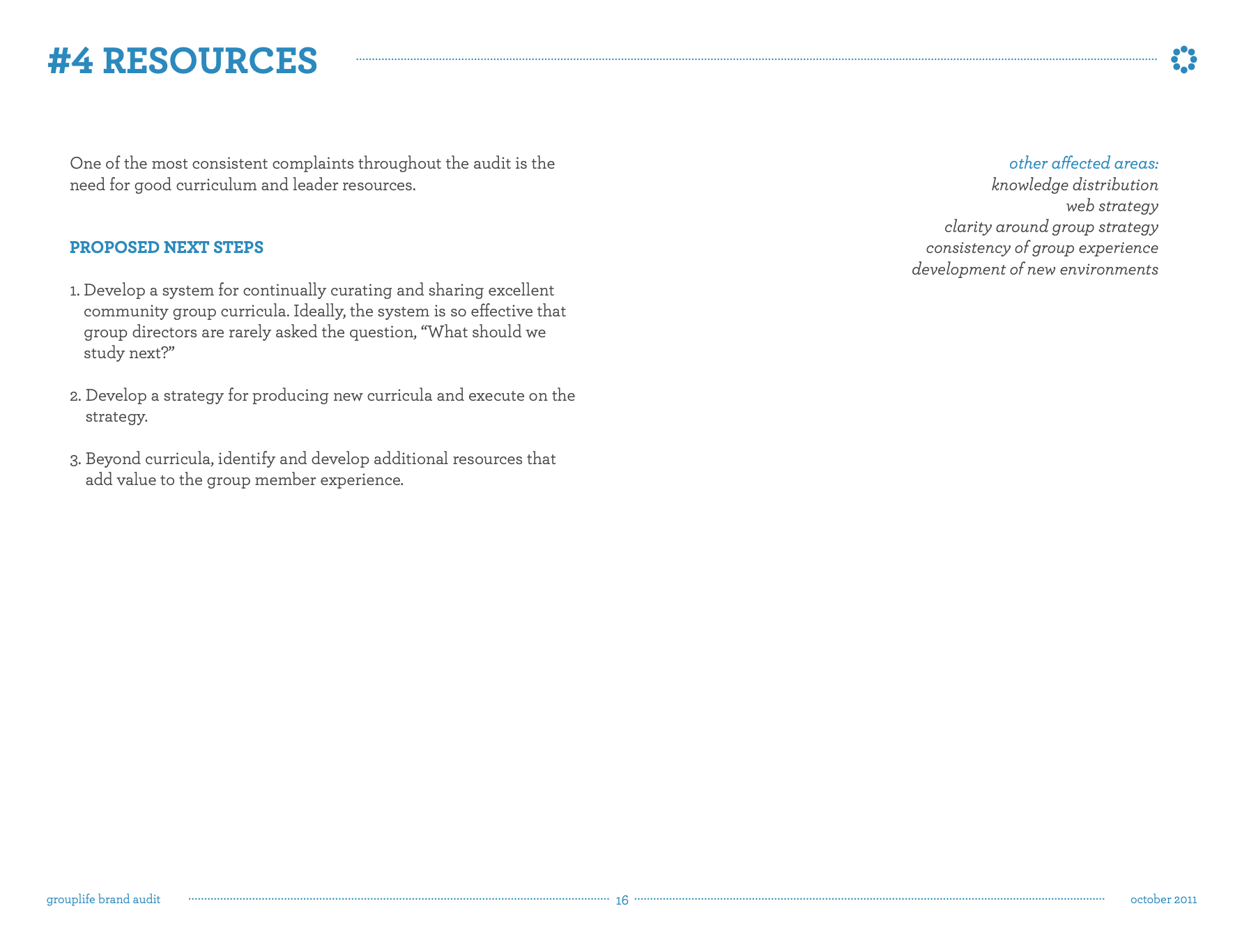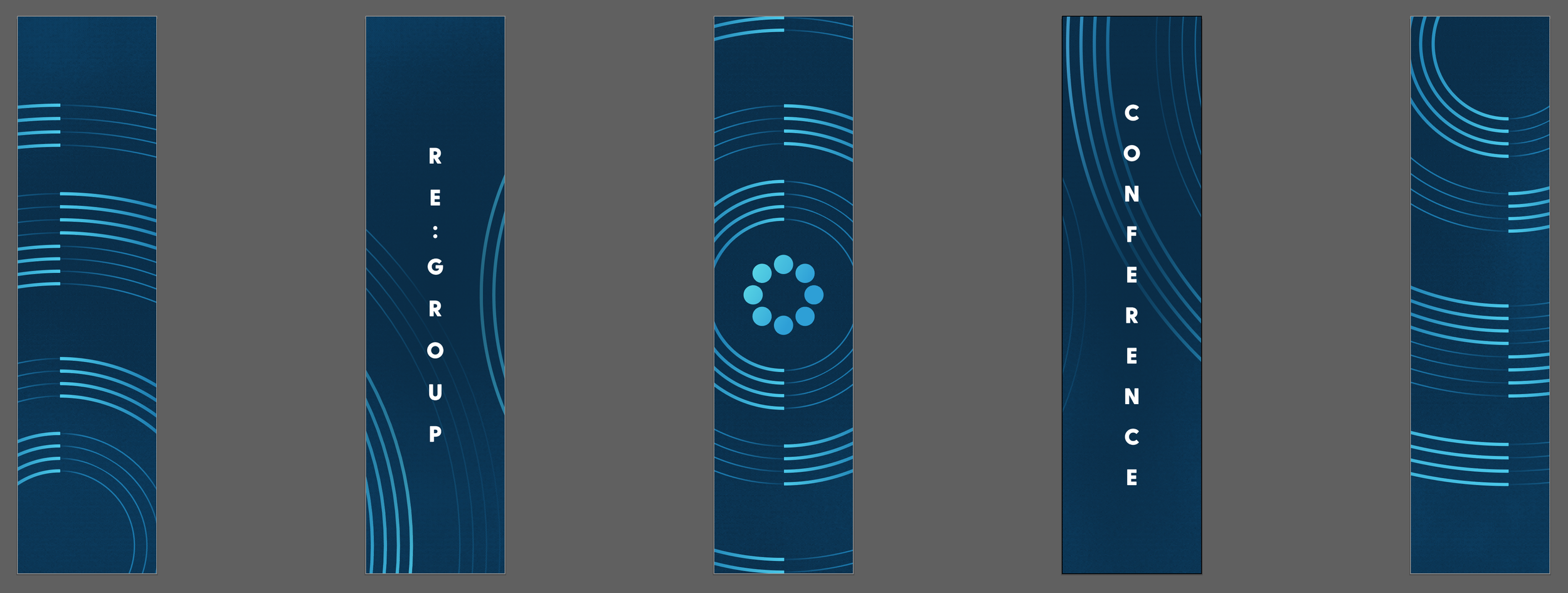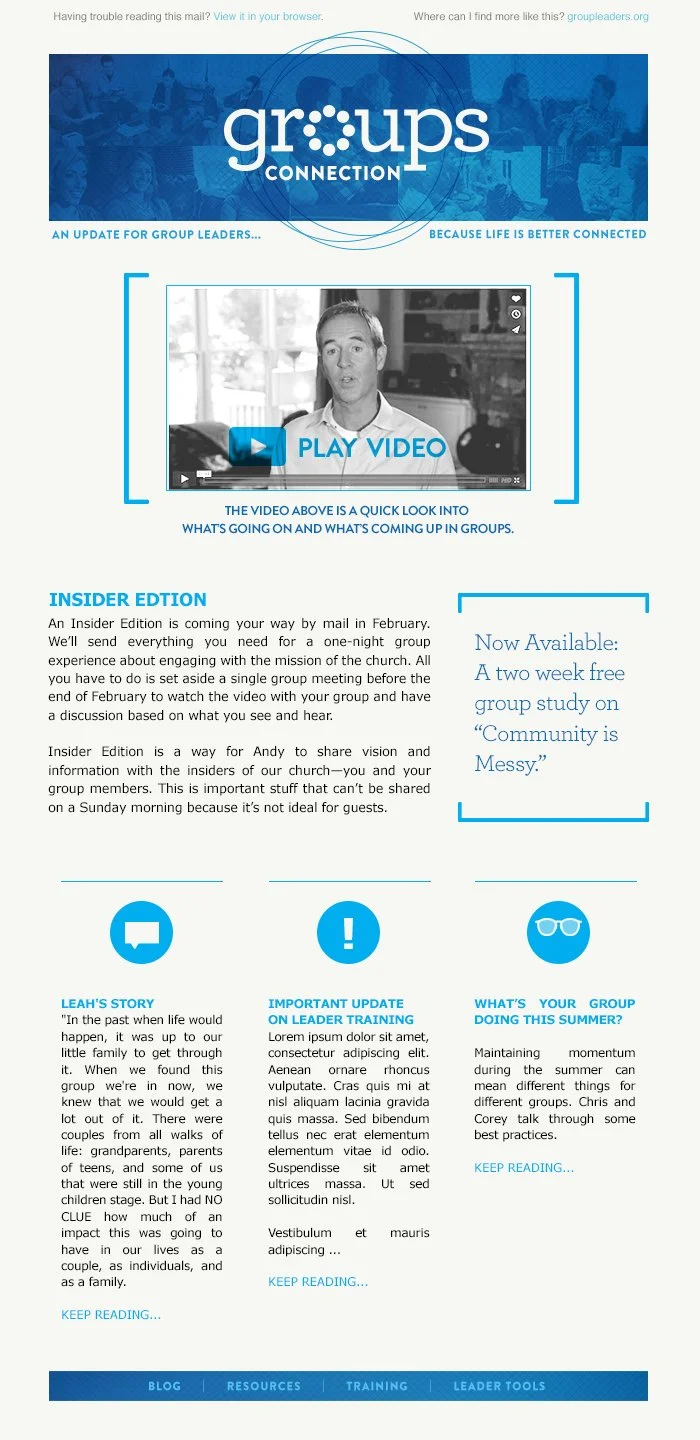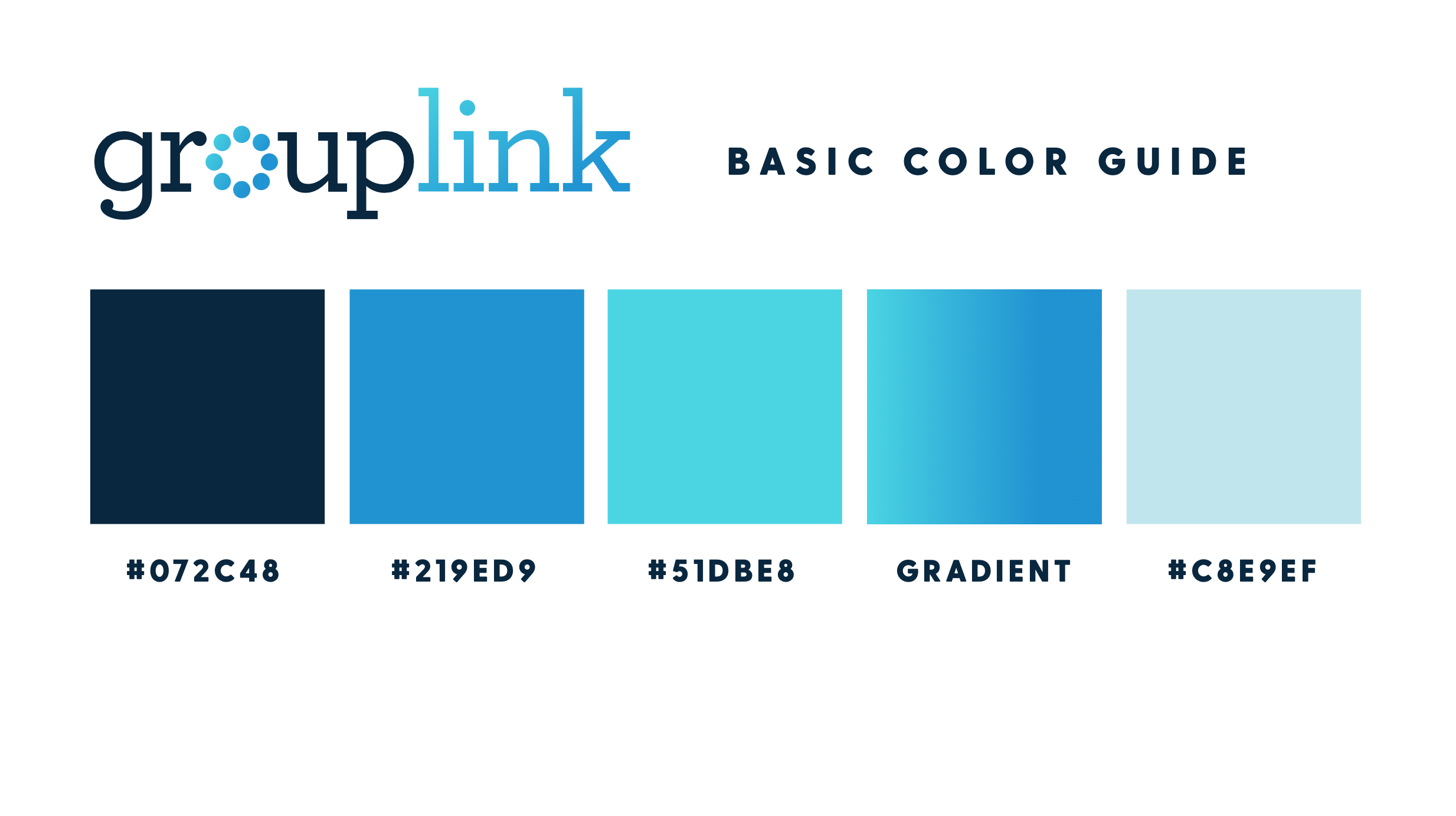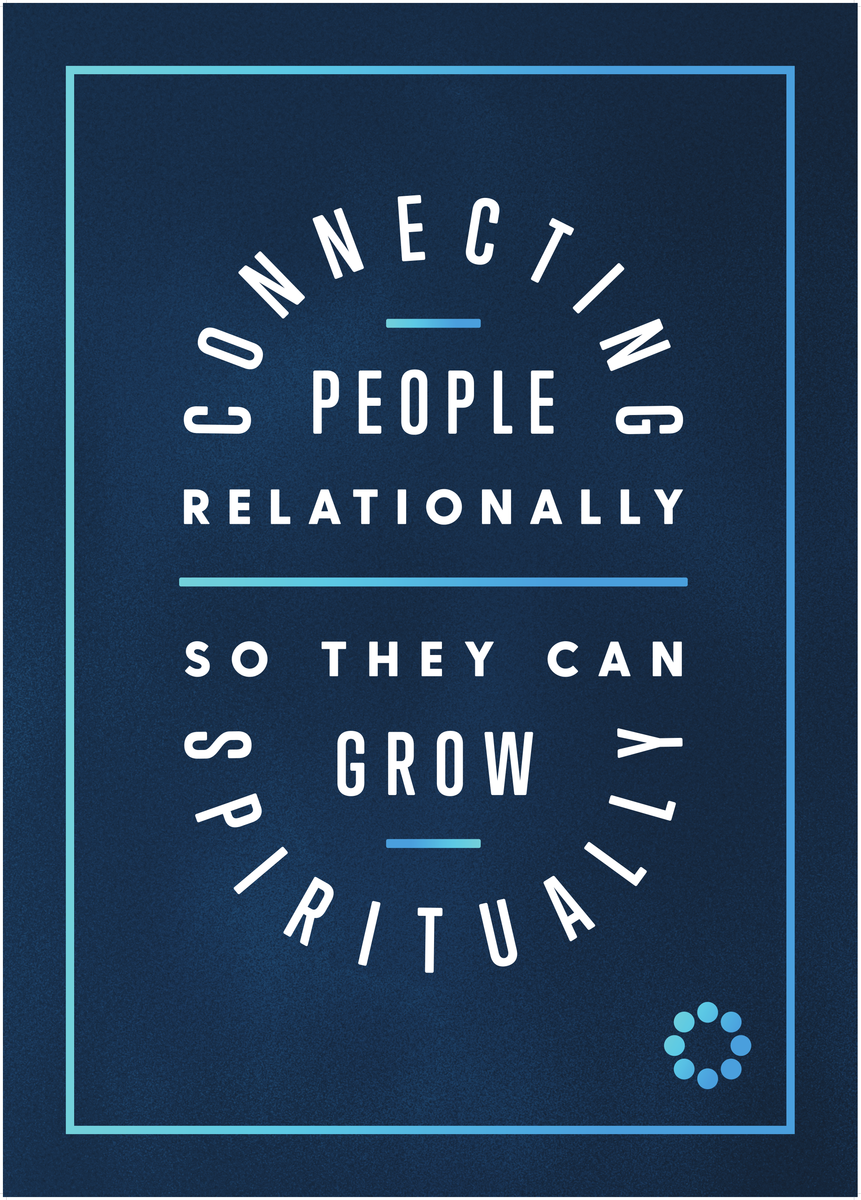Groups
More Than a Rebrand: A Strategic Reset
This project unified a multi-site church network of 100 staff and nearly 1,000 volunteers around one clear message: Life is better connected.
What began as a design refresh became a full strategic transformation — reshaping how the church organized, aligned, and grew.
From the start, this church was built for those beyond its walls — people who will never attend. The goal was to be a beloved presence in the community, no matter what. At the same time, there are parts of church life that will always be designed for those already inside. The challenge was to design a brand system that held both: building deep belonging for insiders while keeping the heartbeat focused on connection for everyone. The result was a structure that made being connected alive, visible, and accessible — whether someone ever walked through the doors or not.
CREATIVE DIRECTION | STRATEGIC BRAND DIRECTION | BRAND ARCHITECTURE
The Challenge
The organization had grown into a “house of brands,” with ministries, programs, and campuses each speaking in their own voice. The lack of alignment made it difficult for people inside the church to see a clear path of belonging — and almost impossible for those outside the church to understand what the community was really about.
The question became: how do you create a unified brand that speaks clearly to both audiences?
For regular attenders: a system that builds and sustains real belonging.
For newcomers: a message and presence that makes the value of connection obvious, even if they never attend.
The Creative Process
The strategic reset began with reframing identity: this was not a church with groups, but a church of groups. While many things can improve life, nothing does it quite like authentic community. That clarity became the north star.
The most unique part of this branding experience was the breadth of stakeholder management required. Fifty different interviews were conducted on a wide variety of topics to solidify what the “brand reality” was versus the “brand intention.” And how to close that gap so that everyone’s group experience aligns with what the organization desired. Not just the logo, but the experience through every single touchpoint.
Unified Brand Architecture: Collapsed dozens of scattered ministry identities into one brand system that connected every effort — no matter the age group or audience — back to community groups.
Visual Identity: Shifted from green to blue as the primary color. Blue had emerged culturally as the color of connection (think Facebook, Twitter, LinkedIn), and it reinforced the brand’s core promise of belonging.
Leader-Centered Strategy: Redefined the primary stakeholder. Instead of centering everything around group members, the focus shifted to group leaders — investing deeply in their development, resourcing, and support. This included a complete rebuild of the group leader training platform and content library — an effort I led — still active today at groupleaders.org.
Scalable Simplicity: Designed guidelines, systems, and processes that allowed the message to stay consistent across campuses and teams, no matter the scale or complexity.
The Design System
+ Outcome
What began as a visual rebrand became a strategic reset — reshaping how the church organizes, communicates, and grows.
Ministries that once competed for attention now spoke with one unified voice.
The insider experience of community was deepened by prioritizing and equipping group leaders.
The outsider experience of the church became clearer, more welcoming, and more consistent across every touchpoint.
The core brand system — focused on groups, aligned by color and language, and built to scale — continues to guide the church today, more than a decade later.
The work did more than refresh a logo or tagline. It reframed the mission around connection, provided tools to sustain it, and created a model that still serves as a blueprint for alignment and clarity across complex church environments.
Why It Worked
Strategic Depth
Brand architecture, leader focus, and scalable systems that aligned every ministry.
Human Mission
Outsider-first while still serving insiders, keeping connection at the center.
Durability
A brand system and leader platform still in use today, over a decade later.


